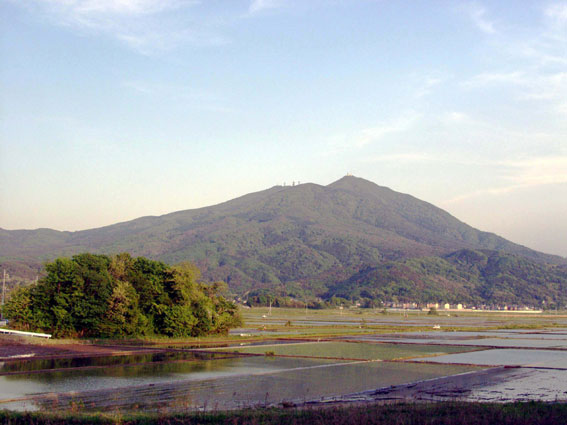
November 18, 2004
41st
CCOP Annual Session
Geological Excursion
Tsukuba and Inada areas
Field Guidebook
SASADA Masakatatsu (Research Center for Deep Geological Environments, AIST) NISHIOKA Yoshiharu (Geoinformation Center, AIST)
1. Geology of Tsukuba and Inada areas
2. Stop 1: Orbicular rock
3. Saiko-in Temple
4. Stop 2: Inada Granite and Quarries
5. Building Stone Industry

Mt.
Tsukuba (by Komatsubara, T.)
![]() National Institute of Advanced Industrial Science and Technology
National Institute of Advanced Industrial Science and Technology
![]() Geological Survey of
Japan
Geological Survey of
Japan
Fig. 1. Geologic map of Tsukuba and Inada areas(Yoshioka et al. 2001)
Tsukuba mountains consist of granitic and gabbroic rocks. Regional metamorphic rocks originated from sedimentary complex of Late Jurassic and Early Cretaceous are distributed around the Tsukuba mountains. They are intruded by plutonic rocks of Late Cretaceou and early Paleogene. These metamorphic rocks and granitic rocks are geo-tectonically considered as the eastern extension of the Ryoke and San’yo Belts.
The intrusive relation between the gabbroic and granitic rocks exposed on Mt. Tsukuba has been a geological issue since the end of the last century. This problem has been solved through the study of continuous exposure of rocks provided by the Tsukuba irrigation tunnel, which was constructed during the period of geological survey for the 1:50,000 quadrangle map of Makabe. The gabbroic rocks were intruded by granitic rocks and the former were thermally metamorphosed near the contact. The K-Ar age of the gabbro is 75 Ma, which is much older than the granitic rocks dated around 60 Ma. The gabbroic rocks as well as the granitic rocks in this area and Yamizo mountains, show high Sr initial ratios.
The Tsukuba gabbroic complex is composed of olivine gabbro, hornblende gabbro, anorthosite, cortlandite and supessartine. On the other hand, the granitic rocks are classified into the Tsukuba, Inada and Kabasan granites based in their intrusive relations, rock facies and the surrounding metamorphic rocks. The Tsukuba Granite consists of foliated and massive rock facies. Marginal parts of the Tsukuba Granite are concordant to the structure of surrounding metamorphic rocks around Mt. Tsukuba. Major facies of the Tsukuba Granite are porphiritic biotite granidiorite, foliated biotite tonalite, muscovite biotite granite, and fine-grained granites. The cordierite-bearing orbicular rock occurs in the porphyritic granodiorite. Inada Granite is composed mainly of coarse-grained hornblende-bearing biotite granite, medium-grained hornblende biotite granodiorite and fine-grained muscovite biotite granodiorite. Inada Granite occurs as a massive facies discordantly intruding the Wagakunisan Metamorphic rocks. Kabasan Granite intrudes both the Tsukuba and Inada granites. Major rock facies of Kabasan Granite are medium-grained biotite granite and fine-grained muscovite-bearing biotite granite. The relationships between them are partly gradational and partly intrusive. The fine-grained facies formed successively after the medium-grained one. Kabasan Granite also intrudes the Wagakunisan Metamorphic Rocks discordantly, and the roof contact is observed around Mt. Wagakunisan.
2. Orbicular rock
The dyke of cordierite-bearing orbicular rock intrudes the porphyritic granodiorite near the temple of Saiko-in. It is called by the local people as koban-stone meaning an oval gold coin in the Edo era. Since 1937 this orbicular rock has been preserved as a natural monument by the government of Ibaraki Prefecture. The one meter wide dyke runs vertically with strike of N75W in the granodiorite. The later pegmatite dyke of 20 cm wide intrudes either the granidiorite or the orbicular rock. The orb shows a triple-layered structure of inner core, outer zone, and marginal zone. The dark colored inner core consists mainly of biotite and plagioclase, with subordinate of muscovite and sillimanite. It is well-foliated rock probably originated from politic metamorphic rocks. The bluish grey outer zone shows radiated structure consisting of cordierite, plagioclase, quartz, apatite and small amount of potash feldspar. The marginal zone is the outermost part of the orb. It consists of fine-grained plagioclase, quartz, biotite and apatite. The matrix of the orbicular rock is medium- to coarse-grained tonalite consisting mainly of quartz, plagioclase and biotite.
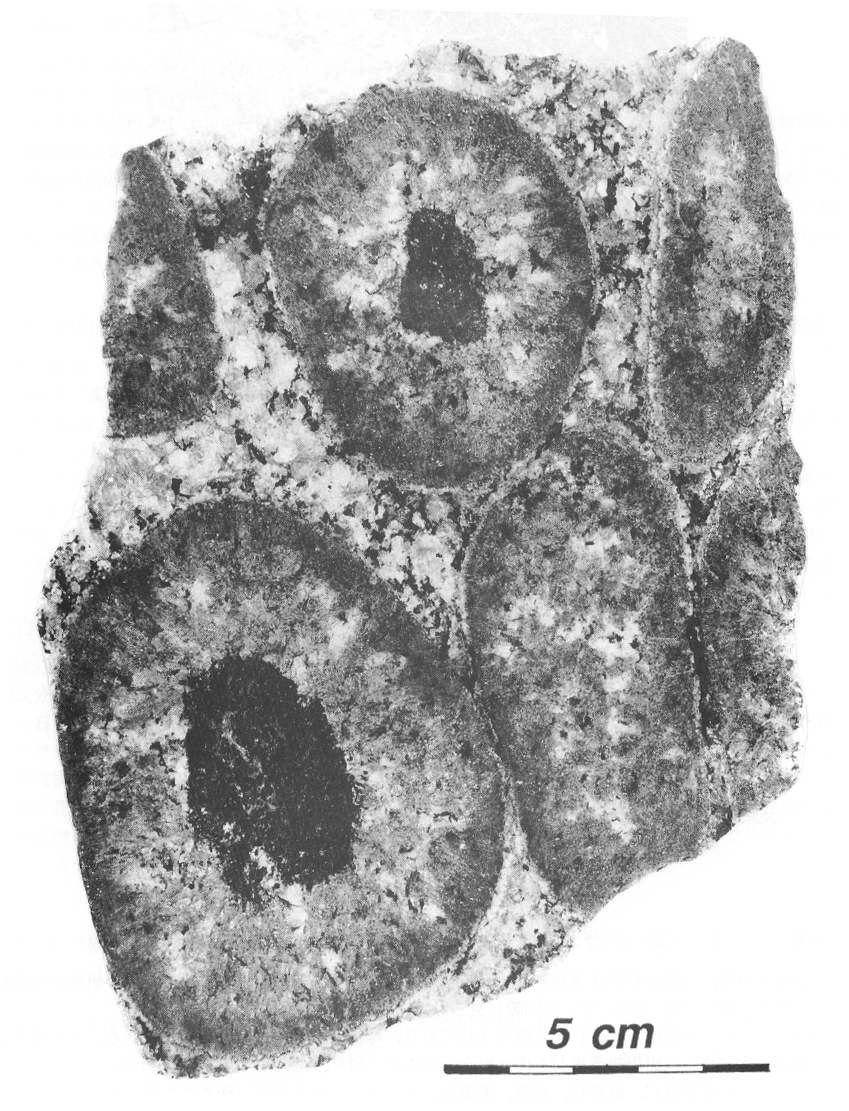
Fig.2. Polished slabs of orbicular rock (Miyazaki et al. 1996)
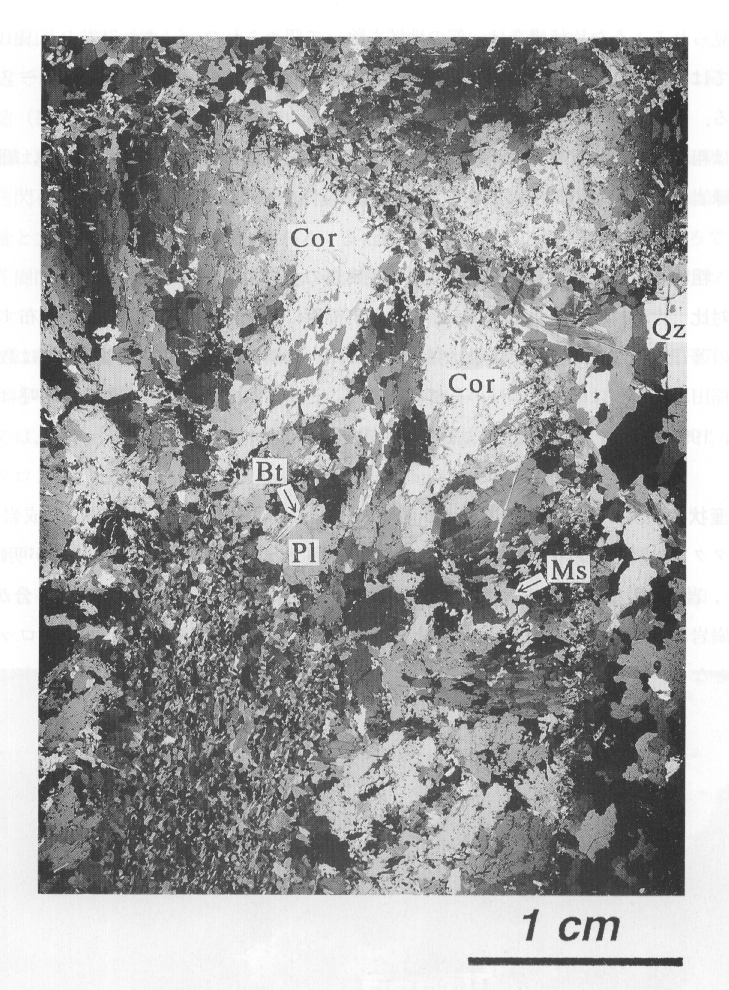
Fig.3. Photomicrographs of orbicular rock (Miyazaki et al. 1996)
Saiko-in was built on the steep slope of the mountain in 807 by a Buddhist priest. The architecture style of this temple resembles the prestigious Kiyomizu-dera temple in Kyoto. You can see a wonderful view from the high stage of the temple.
Fig.
4. Saiko-in Temple (Sasada)
The Inada quarries began to produce building stones in 1888 when the national railway was constructed there. Before railway transportation was developed, building stones had been carried to Tokyo by ship from quarries along coast. The large amount of building stones transported from the Inada freight depot drastically changed the stone supply in Tokyo at the end of 19th century when such stones were in great demand for the pavement of tram lines. That demand accelerated the development of quarries in Inada. Inada also supplied the building stones decollating the wall of prestigious buildings in Tokyo. In the late 19th century brick buildings were popular in downtown Tokyo. For example, the main building of JR Tokyo Station looks as it did in the old days. However, granites took the place of bricks for building walls in the 20th century. The main building of Mitsui (1929) and the Bank of Japan (1932) were constructed with Inada Granite. Those buildings show Greek style pillars made of granite instead of marble as seen in the European buildings. At present about 26,000 tons of building stone are annually produced from quarries in Inada.
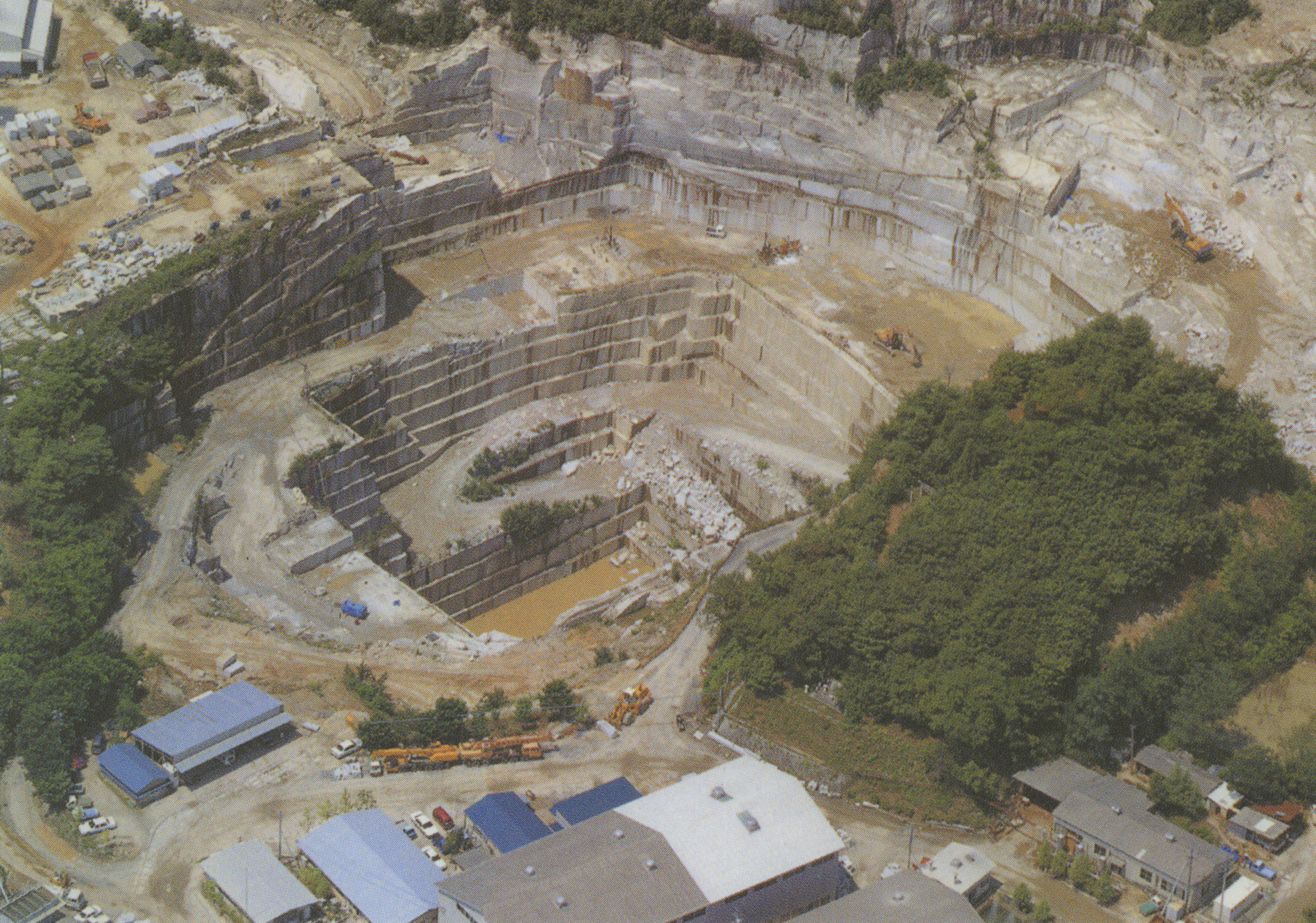
Fig. 5. Aerial view of the quarry (Courtesy of Nakanogumi Stone Industry Co., Ltd.)
Rift and grain are terminology of quarry workers, meaning the plane along which the stone is most easily divided, and second most easily divided. The direction of the rift and grain in the Inada quarries are vertical with the strike of ENE, and the second one vertical with NNW. Both planes correspond to the direction of micro-cracks in quartz. The quarry worker can easily identify the rift and grain with experience. Japanese words for rift and grain are me and niban.
The 100 Years of
Stones Museum (Takata Co. Ltd.) is open to the public. Various tools
to cut and process stones in quarries and factories are displayed in
the museum. So many kinds of rock samples of granites for decorating
walls are also exhibited in the museum.
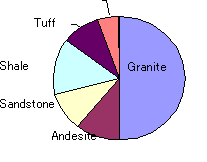 Japan
produces about 160,000,000 tons of building stone per year (2000
figures). About the 50% of it is granite and the rest is made up of
andesite, sandstone, shale, tuff etc. (Fig. 6). This building stone
is used mainly for architecture, but it is also used for gravestones.
Cut (rectangular) stones used in houses, walls, grave markers, etc.
represent about 4,500,000 tons (in 2000). Furthermore, it is
estimated that about 150,000 tons of cut stones are actually shipped
as raw stones so that they can be carefully carved into smaller units
or so that inspections can be performed on the stones to maintain
their high quality.
Japan
produces about 160,000,000 tons of building stone per year (2000
figures). About the 50% of it is granite and the rest is made up of
andesite, sandstone, shale, tuff etc. (Fig. 6). This building stone
is used mainly for architecture, but it is also used for gravestones.
Cut (rectangular) stones used in houses, walls, grave markers, etc.
represent about 4,500,000 tons (in 2000). Furthermore, it is
estimated that about 150,000 tons of cut stones are actually shipped
as raw stones so that they can be carefully carved into smaller units
or so that inspections can be performed on the stones to maintain
their high quality.
Fig.
6. Home products
The production quantity of cuts stones has not decreased to any great extent over the past 20 years. The volume of imported stone was 1,740,000 tons in 2001, compared to the 4,500,000 tons that is produced domestically, meaning that domestic production exceeds imports. Because the expensive and high-grade building stones depend on importation and cheap ones depend on home product, home products are calculated a lot in weight. That, many of the high-class building stones that are used to the wall stone of building and gravestone depend on importation, which is the actual feeling of person in the building stone industry. Especially the importation proportion of China is big, for example China is occupying 97.6% in the importation of the granite product in 2003.
When we try to see the change of the importation achievement of the granite the importation of granite raw stone is decreasing rapidly in after 1990 (Fig. 7), and the importation of the granite product is extending conversely. This shows the trend that imports the one that was commercialized by utilizing the cheap labor force of China etc. This shows interior building stone processing deindustrialization.

Fig.
7. Granite volume of import
Miyazaki, K., Sasada, M. and Yoshioka, T. (1996) Geology of the Makabe district. With Geological Sheet Map at 1 : 50,000, Geol. Surv. Japan, 103p. (in Japanese with English abstract 4p.)
Yoshioka, T., Takizawa,F., Takahashi,M., Miyazaki,K., Banno,Y., Yanagisawa,Y., Takahashi,Y., Kubo,K., Seki,Y., Komazawa,M. and Hiroshima, T. (2001) Geological Map of Japan 1: 200,000, Mito, 2nd edition. Geological Survey of Japan.